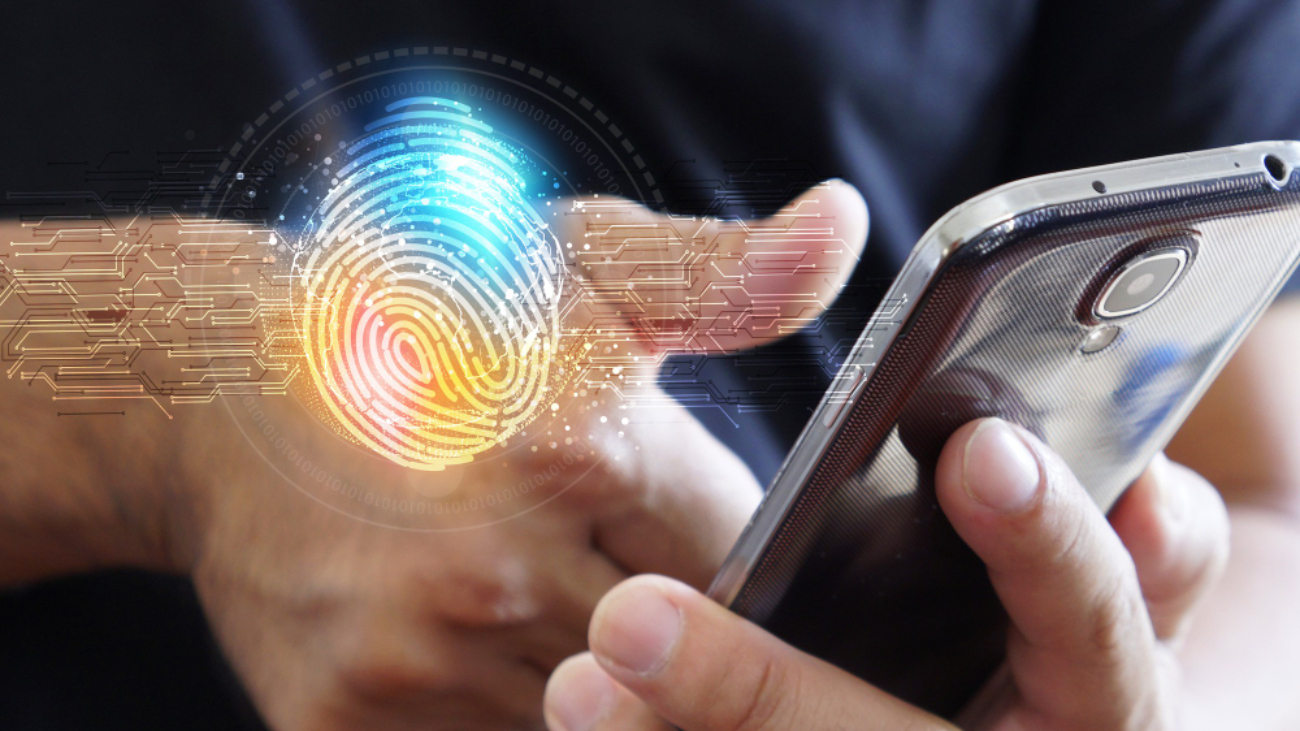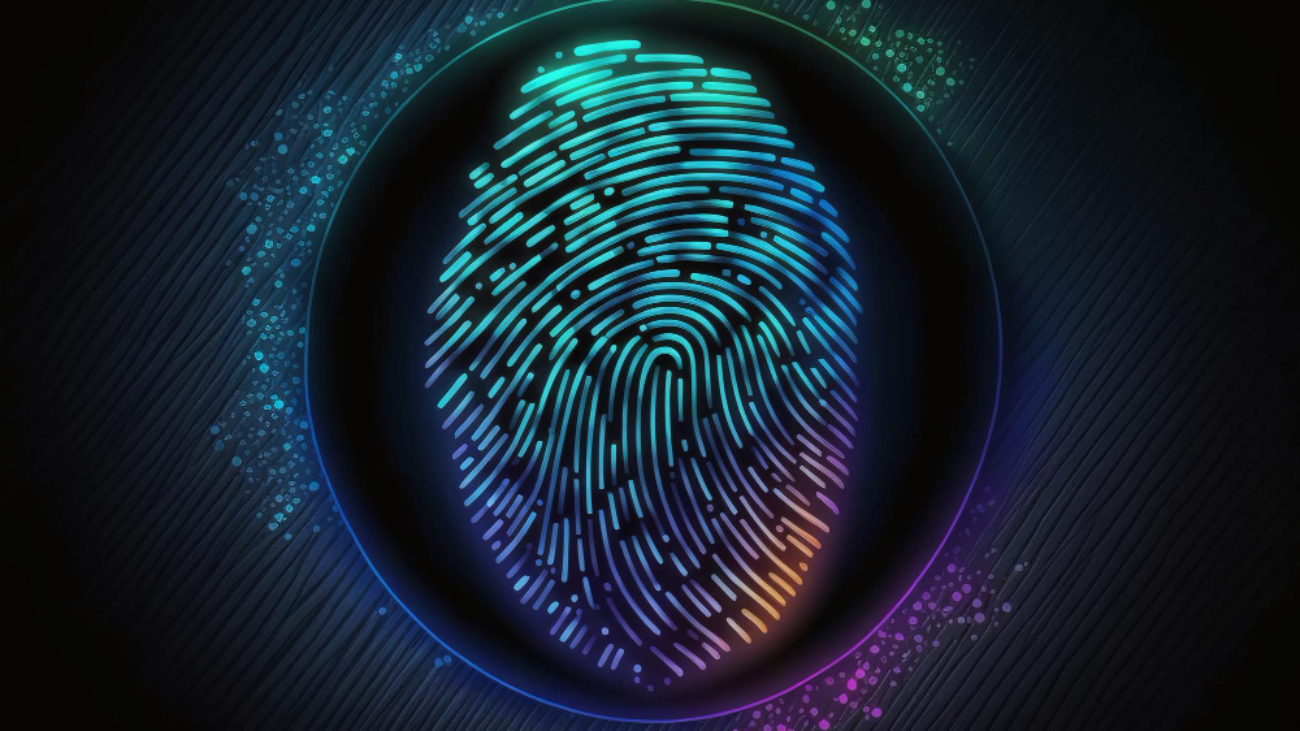IoT or Internet of Things is a rage in today’s world with smart devices being connected noted Bahaa Abdul Hadi. IoT devices are growing and are being used in different areas. Smart homes have become a reality thanks to IoT. Security, however, remains a key concern. The use of biometrics can help enhance security of IoT.
Biometrics and IoT
Biometrics refers to the use of systems to identify people based on their physical characteristics or behavioral traits. Most commonly, fingerprint identification is used for identification. Iris scanning and face scanning are other common methods. Biometrics technology has advanced and as a result is a highly fool-proof system. Apart from its use in other applications, biometrics is highly valuable in IoT.
IoT calls for smart devices to be connected. The devices exchange data in order to work well. A security risk is possible if an authorized person gains access to the system. It is important to ensure only the authorized person has access to IoT devices. Access control can be made secure by using biometrics.
Another issue here is about how the biometric data is stored. If a hacker gets access to the biometric data, they can then compromise the system. It is vital to ensure the biometric data is protected and is secure. It should be ensured that the original biometric data is secured, so it cannot be access. Any data stored in the system must be protected to prevent unauthorized access.
How biometrics works in IoT
At the first stage, enrolment is done where data of the users is recorded for storage on the database. The fingerprint or face is scanned and the features are converted to a pattern. This is saved as the biometric template. The system may be single-modal or multi-modal. In single modal, a single trait is used. In multi-modal, two or more traits are used ensuring that security is enhanced.
The second stage is authentication. Whenever a user tries to access an IoT device, the biometric data is collected and a pattern identified. This pattern is compared with the database and if it matches access is granted. A predefined threshold value is used to ensure that the two patterns are similar. Liveness detection features can be used to prevent spoofing attacks, thereby making the system fool-proof.
Conclusion
Biometrics is secure and fool-proof allowing IoT devices to authenticate users. The effectiveness of biometric technology ensures that only authorized users are given access to IoT devices. Biometrics thus makes IoT secure and helps prevent security risks. Thank you for your interest in Bahaa Abdul Hadi blogs. For more information, please visit www.bahaaabdulhadi.com







